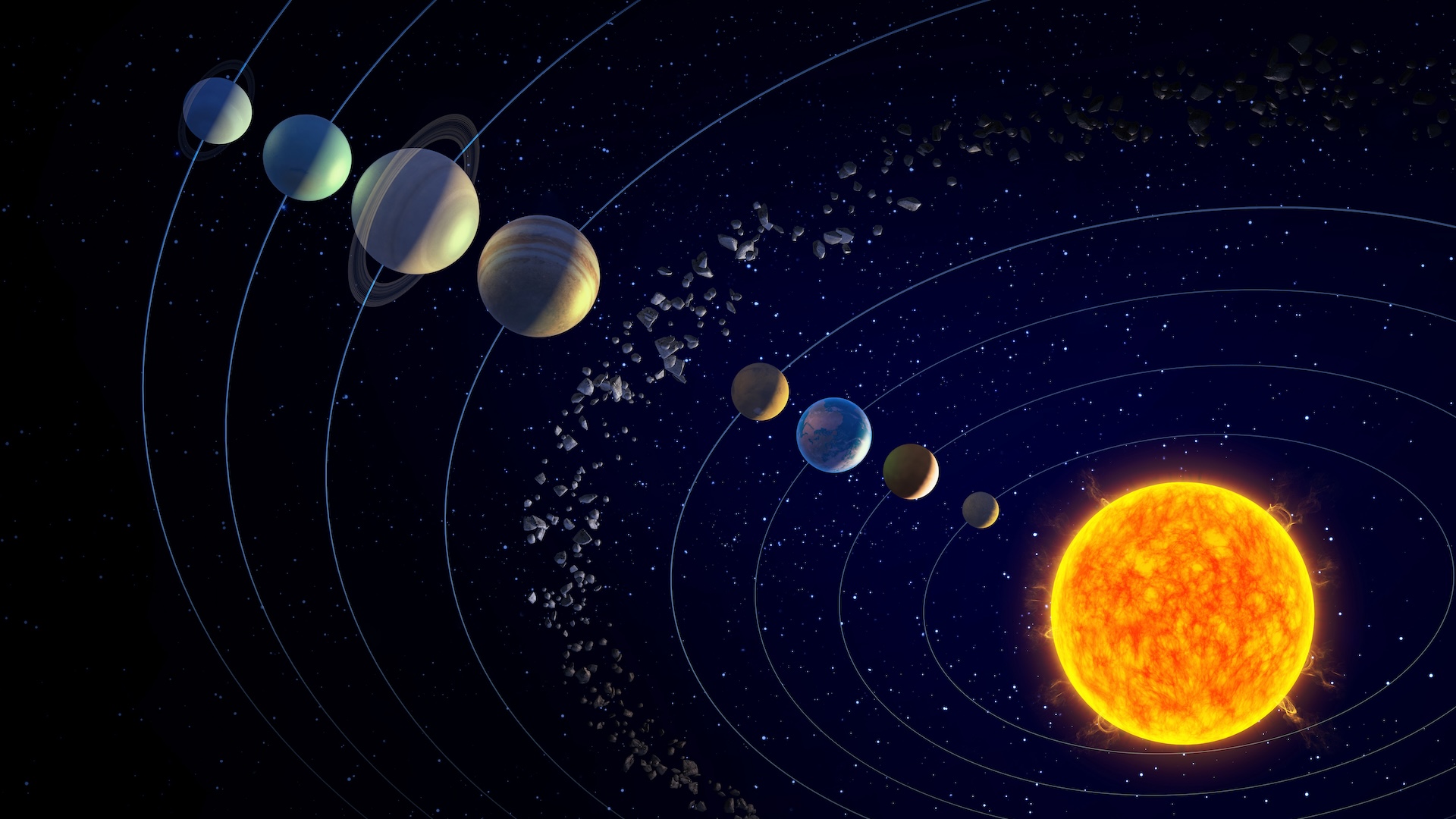Livescience
4w
370

Image Credit: Livescience
Do other planets have seasons?
- Other planets, dwarf planets, and moons in our solar system have seasonal cycles that differ from Earth's due to factors like axial tilt and orbit shape.
- For example, Mars has an axial tilt of around 25 degrees, resulting in seasonal variations similar to Earth, with winters dominated by carbon dioxide ice.
- Planets like Mercury, with no tilt, experience minimal seasonal changes, while Uranus, with a 90-degree tilt, has intense and extreme seasons.
- The tilt and shape of a planet's orbit can impact seasonal changes, with variations seen over billions of years, influencing planetary conditions and potential for life.
Read Full Article
22 Likes
For uninterrupted reading, download the app